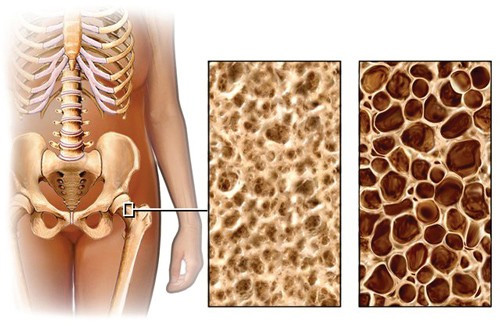HEALTH OF ELDERLY PEOPLE IN AUTUMN Autumn has already come, and the cold is just around the corner, which in our climate occupies quite a long part of the year. The so-called “golden autumn” passes quickly, and the rest of the time is dominated by mud, cold and slush. The sharp drop in temperature and […]









